by Geoffrey Hacker –
Hi Gang…
Maybe I have too much time on my hands. I ruminate about various aspects of these vintage fiberglass cars and how they were ahead of the curve in terms of what the designers of the bodies – and builders of the cars – actually achieved. Take hood scoops, for example. Something we tend to forget were not always part of what constituted the front of a car.
In postwar America, we saw several foreign jobs with hood scoops – an innovative feature on postwar sports cars in every way. Force more air in the engine compartment and preferably where the carbs were to boot. One of the first was the 1949 Ferrari 166 MM Barchetta – a beautifully designed car and a nice neat little scoop front and center. Another foreign job with a hood scoop was the 1949 Allard J2, and you can add the stunning 1949 Healey Silverstone as well. But what about American cars?
Well first I suppose you could award the ultimate American car hoodscoop to the 1950 Studebaker. Talk about the most aggressive and ostentatious hood scoop of all time – this would certainly be on the short list. But…it’s more of a “grill” than a “hood scoop” so I guess you have to exclude it. So let’s move to 1951.
And now…we’re at the start year for vintage fiberglass cars. But first the “1951 Nash Healey” comes into contention. A beautiful scoop appointed in chrome (from what I can tell). Nicely done. But not purely American. Nash-Healey, after all, was a British/American hybrid. So we exclude this one. We’re looking for the first purely American car with a hoodscoop – right?
Enter the 1951 fiberglass sports cars – Glasspar, Lancer, and Skorpion. Let’s take the Lancer first.
The Lancer had hood scoops – on it’s later models, but not Eric Irwin’s initial 1951 Motorama car. Close but no cigar. No hood scoop on the Skorpion – that’s an easy one. But what about the Glasspar G2? Hmmmmmm. Every picture I’ve found of the first G2 and ones photographed in early 1952 are devoid of hoodscoops. This was a soon to be option, but apparently not for 1951. It must have been offered on G2’s starting in 1952. So we’re off to 1952.
A flurry of cars begin to appear with hoodscoops. First, the 1952 DeSoto (although I’m not sure if it was truly functional). Next the 1952 Cunningham which surely was functional. And of course the 1952 Mercury had a hoodscoop too. And also…the American fiberglass bodied sports cars which included: Glasspar G2, Victress S1A, Woodill Wildfire (Series 1) and Frazen Sports Car.
If you look at all of the 1952 cars mentioned above, the true sports cars of the day were the Glasspar G2, Victress S1A, Woodill Wildfire, and Cunningham. The DeSoto and Mercury would not be classified the same. Which brings us to an interesting fact. Fiberglass sports cars in America were using hood scoops earlier than the majority of Detroit automakers. And if Glasspar would have offered this as an option in 1951 – it would have beat them all to the punch.
Just an observation from the depths of fiberglass research down here in Florida on a cold December evening. You’ll never look at hoodscoops the same again. And for your Glasspar owners out there…not all of you have true Glasspar G2 hoodscoops. Do you know how to tell the difference? That’s for another story on another day.
More photos are in the slide show below – let us know what you think in the Comments.
Geoffrey Hacker is an automotive historian and is researching the history of vintage fiberglass cars with his good friend Rick D’Louhy. Both are working on a book called Forgotten Fiberglass. He can be reached at geoffrey@forgottenfiberglass.com in Tampa, Florida.


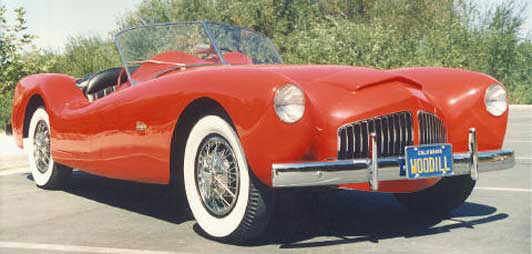
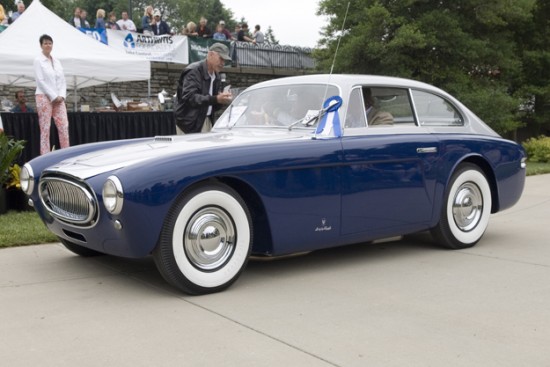
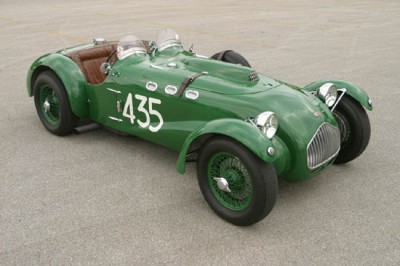
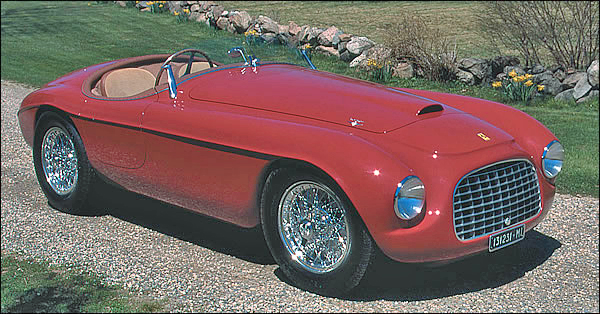
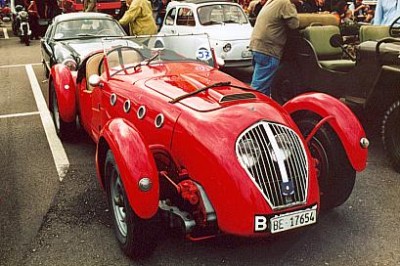
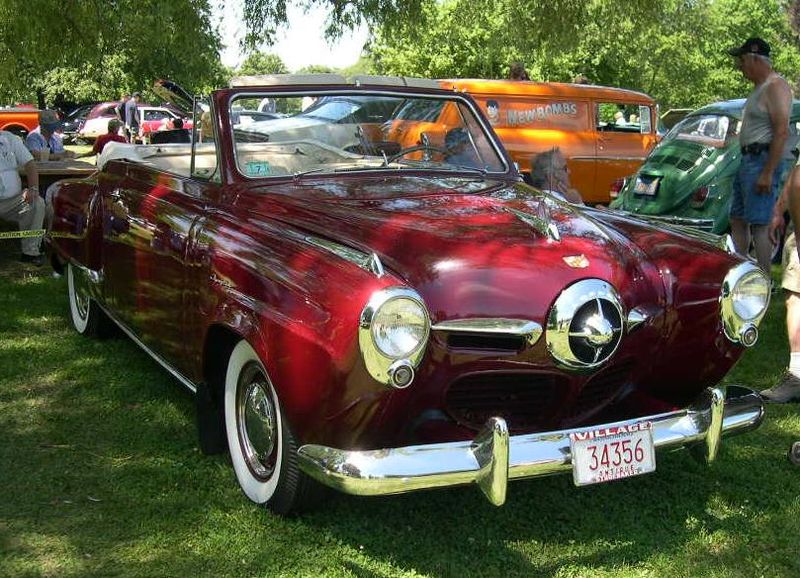
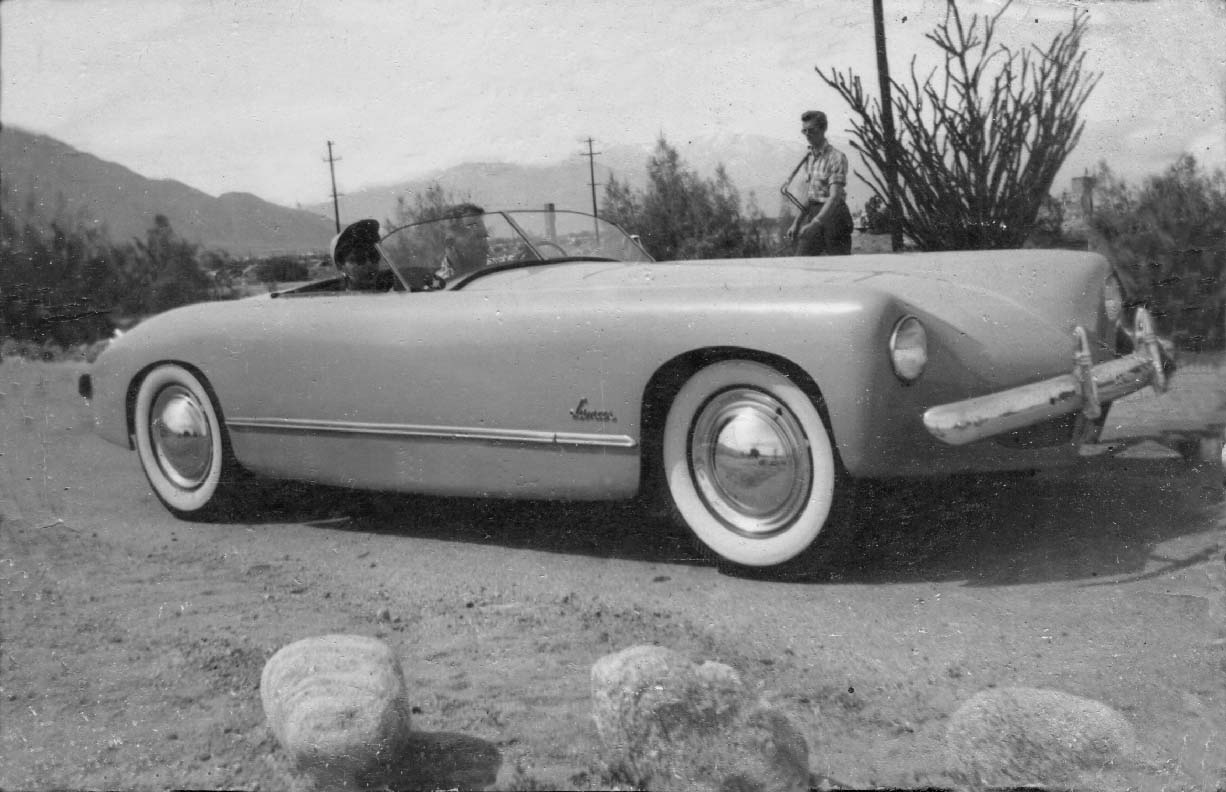
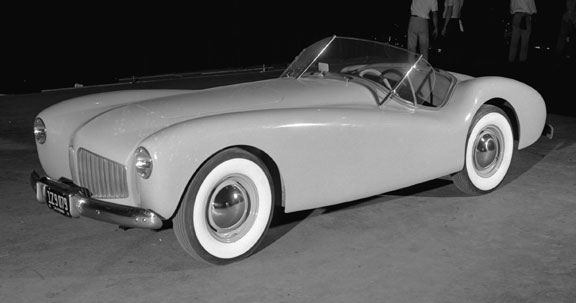

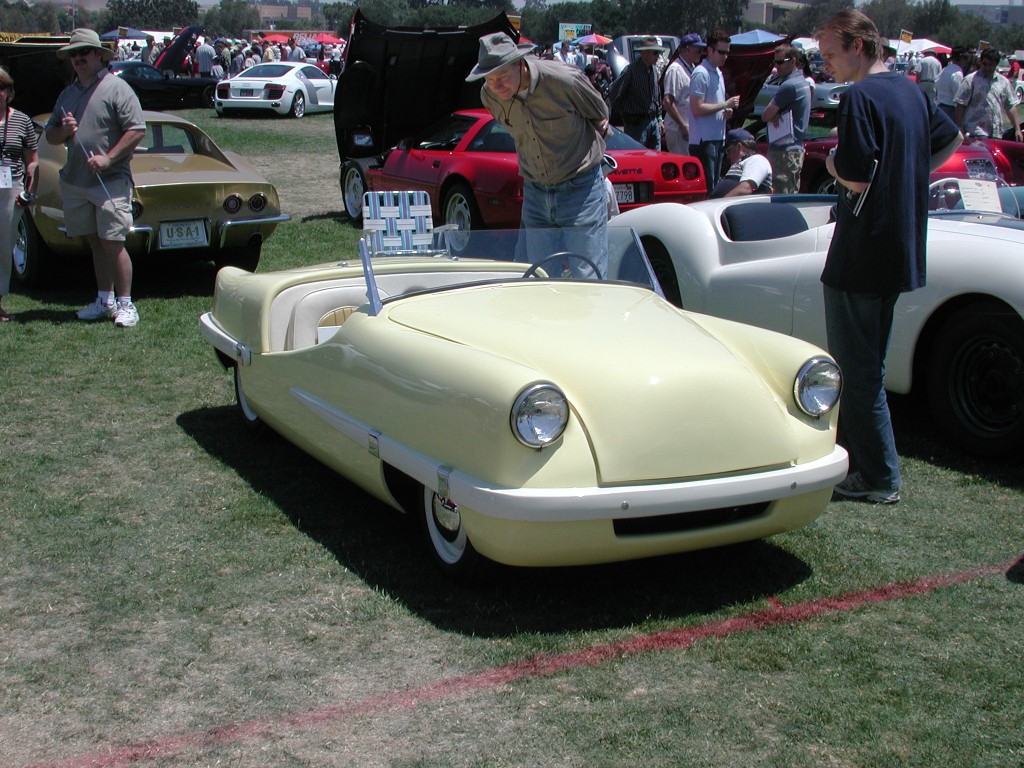
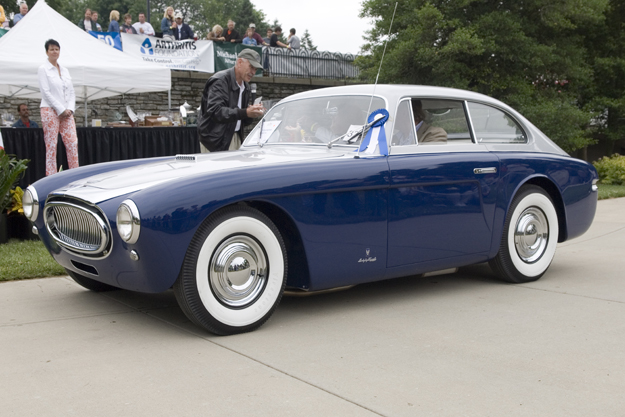
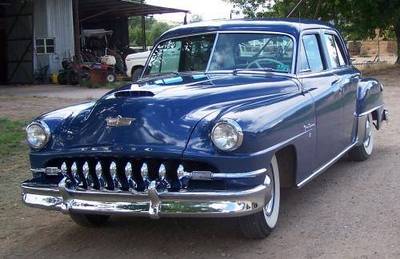
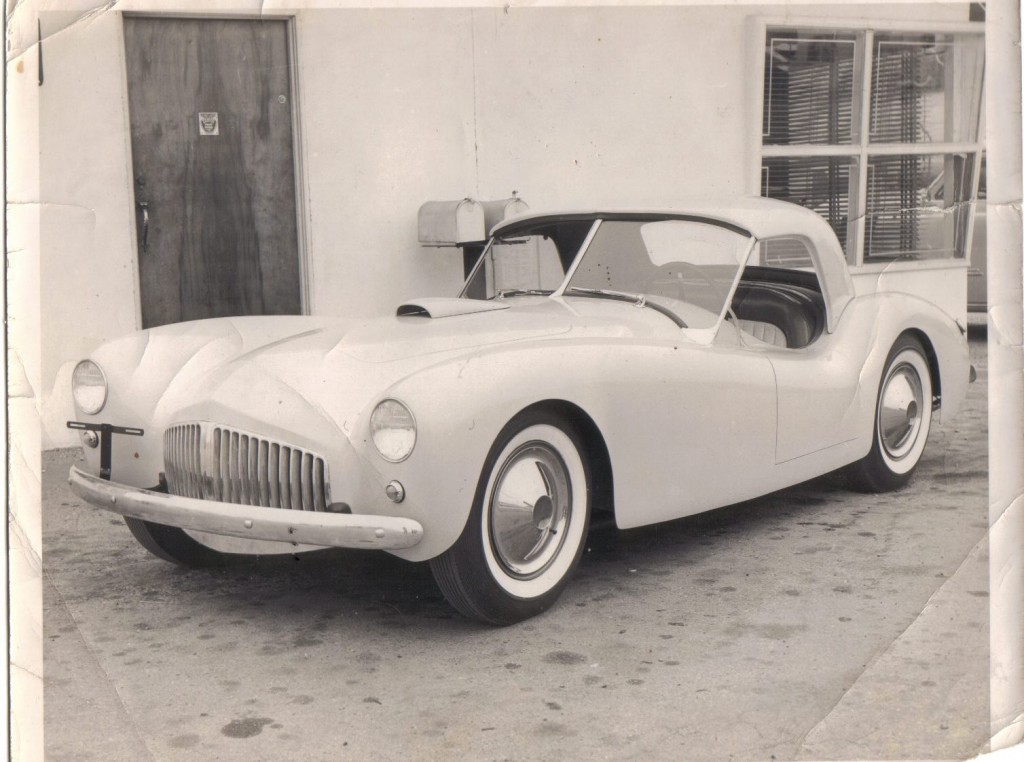

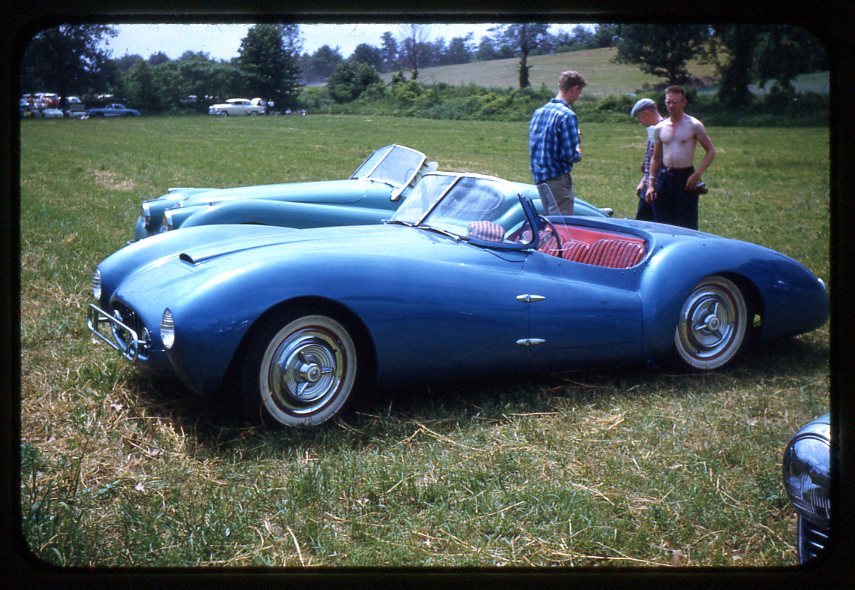



Hood Scoops. When we got our Ferrari 250 LM I had to stick my head under the roof to find the air intake for the Webber’s. The entire roof is the ” hood scoop.”. I had worked with Boeing wind tunnels but it took me some consideration to believe it would work. Worked pretty well. Won Le Mans.
Ken
250 LM awesome design function and form at it’s best
Don’t forget the 1950 sports car built in the Bay area The Edwards America.
Lots of tractors and airplanes had updraught carburetors under the engines. The underside of an automobile is one huge scoop! For icing protection, though, the air cleaner/filter on the airplane was equipped with features to heat the induction mix if needed. The “run” was remote. With modern “cold induction” tubes, one can channel intake from most anyplace. Did any of that go on in the era of the hood scoops?
Seems to me that a lot of cars had scoops and bulges so that the carburetors could be “clear” of the bodywork, which would then be kept mostly intact per design.